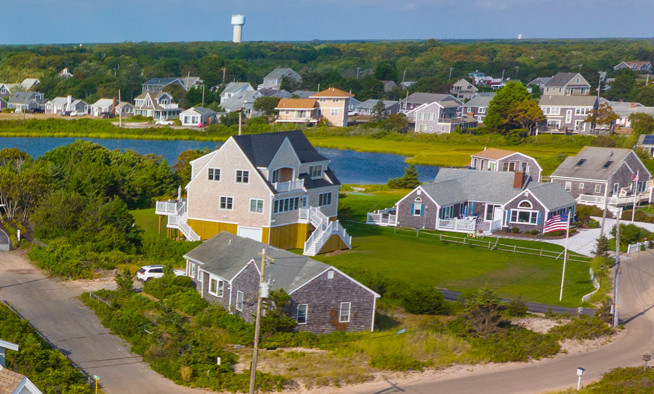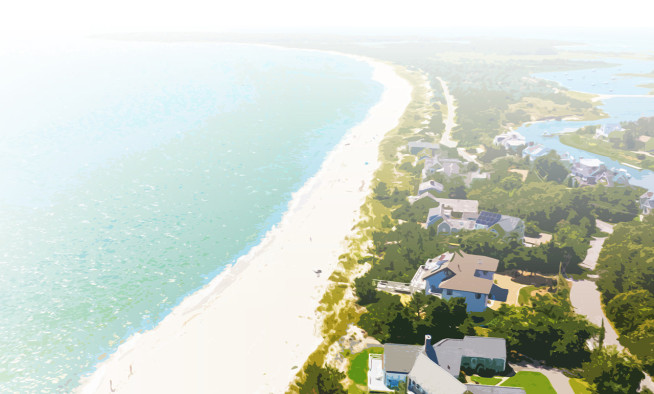Blog: Relaxing Regulations, Promoting Economic Development
BY JONATHAN IDMAN
The Cape Cod Commission recently approved an exciting economic development initiative for Barnstable County. The decision marks an important first step and new direction for a more sophisticated approach to land-use regulation at the regional level, and away from a “one-size-fits-all” model.
The initiative is a result of collaboration between the regulatory and planning functions of the Commission, both of which listened and responded to requests and suggestions of applicants and towns. A good planning process, based on data and studies collected over the nearly 25-year life of the Commission, informed and guided the regulatory product.
It’s a continuation of policies to relax the agency’s oversight in areas with appropriate infrastructure in favor of local control. The unanimous decision allows development of research and development and light manufacturing projects of up to 40,000 square feet to move forward in the designated areas in Bourne, Falmouth and Sandwich without the need for Commission review.
The initiative was supported by a 2013 market assessment prepared for the Commission which indicated that there is capacity and demand on the Cape for such uses, specifically citing marine technology as a key industry niche. The Cape Cod Commission Act cites economic growth as one of its purposes, balanced with the protection and promotion of other values and interests in the Act.
In its wisdom, the Barnstable County Assembly of Delegates approved legislation at the end of 2013 authorizing the Commission’s action. The Commission’s proposal received broad support which included the towns of Sandwich, Falmouth and Bourne, the Cape Cod Economic Development Council, and the Cape Cod Chamber of Commerce.
The types of developments approved typically have light environmental footprints, are anticipated to have net positive economic and fiscal impacts on the Cape and the towns in which they locate, and provide opportunities for good jobs for Cape Codders. The designated areas contain adequate infrastructure to serve development, and are located in existing developed areas in proximity to regional roadways, the bridges and research centers like the Woods Hole Oceanographic Institution and the Marine Biological Laboratory in Woods Hole.
Though Commission approval will not be required for such development, there are existing state and local laws and regulations in place to assist in protecting and preserving significant resources where they occur within the designated areas. Customary local land-use permitting and review processes remain in place to address unique issues and concerns surrounding development.
This initiative is expected to stimulate redevelopment and reinvestment in properties, attract companion uses to those allowed in the designation, and encourage growth around existing successful uses in designated areas. Teledyne Benthos and Hydroid, two successful marine technology companies which have added tens of millions of dollars to the local economy, are located in one of Falmouth and Bourne’s designated areas, respectively. Each was required to undergo Commission permitting because of the review thresholds that existed at the time they previously sought to expand. Those expansions would not require Commission review under the Commission’s recent approval.
The Commission is studying other candidate areas and uses around the Cape for similar relief, with the aim of guiding needed growth and redevelopment to appropriate areas, mindful of critical and sensitive resources. This model will allow the Commission, in many instances, to step out of the way in the permitting process for good development that furthers the mission of the Commission. The Cape’s economy and environment are intertwined, and each must be strong and balanced with one another to maintain its vibrancy, character and health for residents and visitors alike.
Jonathon D. Idman is chief regulatory officer of the Cape Cod Commission.
This My View originally ran in the Cape Cod Times on June 14, 2014.
Related Posts




